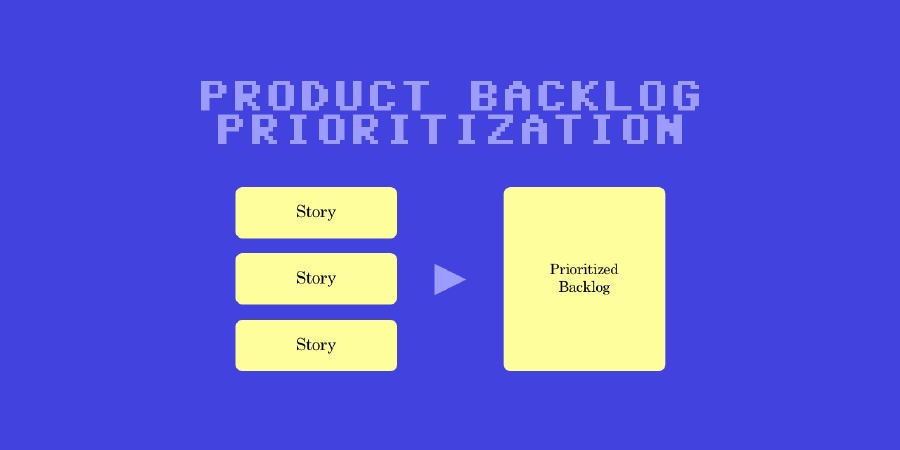Product Backlog Prioritization
March 11, 2023

Product backlog prioritization is a crucial aspect of agile software development. It involves the process of identifying and ordering the most important product features or requirements based on the value they provide to the business and the customer. Prioritizing the backlog is essential to ensure that the development team is working on the most important and valuable items first. In this article, we will discuss some of the most popular product backlog prioritization techniques used in agile development.
1. MoSCoW Prioritization
MoSCoW stands for Must have, Should have, Could have, and Won’t have. This technique involves categorizing the product backlog items into four different categories based on their importance. The must-have items are the most critical ones and must be delivered in the first release. The should-have items are important but can be deferred to future releases. The could-have items are nice-to-have features that can be included if there is time and resources. Finally, the won’t-have items are those that won’t be included in the product.
2. Kano Model
The Kano model is a technique that classifies features based on customer satisfaction. The model categorizes features into three categories: must-have, performance, and delighters. The must-have features are the ones that customers expect to be present in the product. Performance features are those that enhance customer satisfaction but are not mandatory. Finally, delighters are the features that go beyond customer expectations and provide a wow factor
3. Weighted Shortest Job First (WSJF)
WSJF is a prioritization technique that focuses on the cost of delay. The cost of delay is calculated by multiplying the time value of money, user value, risk reduction or opportunity enablement, and job size. The highest priority is given to the item with the highest WSJF score.
4. Value-based Prioritization
Value-based prioritization involves prioritizing items based on the value they provide to the business. The value can be determined by analyzing the return on investment, market demand, competitive advantage, and strategic alignment. The items with the highest business value are given the highest priority.
5. Story Mapping
Story mapping is a technique that helps create a visual representation of the product backlog. It involves breaking down the product backlog items into smaller user stories and organizing them in a hierarchical order. This technique helps prioritize items based on their importance and helps the development team understand the user’s journey.
In conclusion, there are various techniques available for product backlog prioritization, and it’s important to choose the right one based on the project’s requirements. It’s also essential to involve stakeholders in the prioritization process to ensure that the items with the highest value are delivered first. Prioritization is an ongoing process and should be revisited regularly to ensure that the team is always working on the most valuable items.